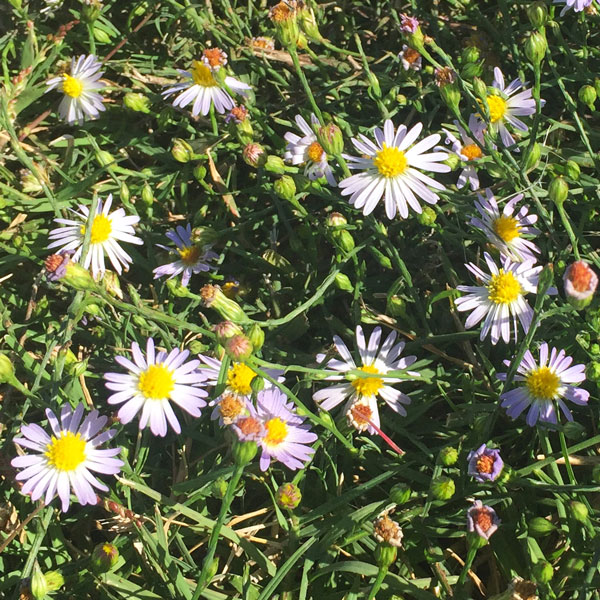Weed or not a weed?
Every horticulturist learns that a weed is a plant that’s growing where it’s not wanted. So, a live oak sapling growing in the middle of a driveway is probably a weed. That same live oak tree planted and nurtured in a fine landscape is as far from being a weed as any tree could possibly be.
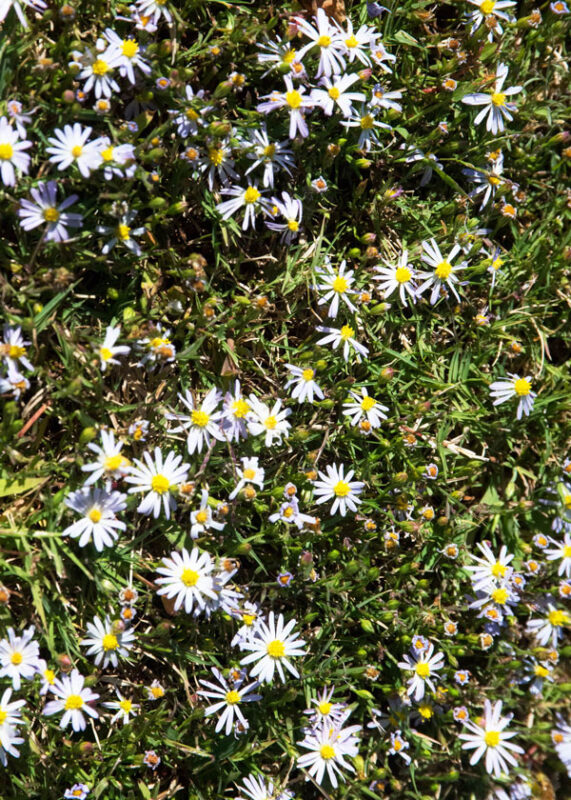
So, what’s with roadside asters? They’re pretty when they’re blooming. Bees and butterflies love them. How can they be considered weeds? Here are reasons I can list right off the top of my head:
• They compete with your permanent lawngrass. In doing so, they can leave big gaps in the lawn if they die.
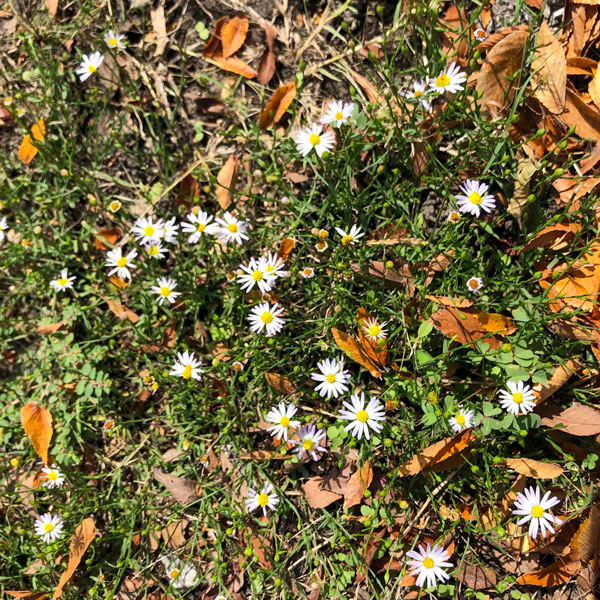
• They’re only in bloom for 2-3 weeks. For 50 or 49 weeks there’s something that isn’t so beautiful taking the space.
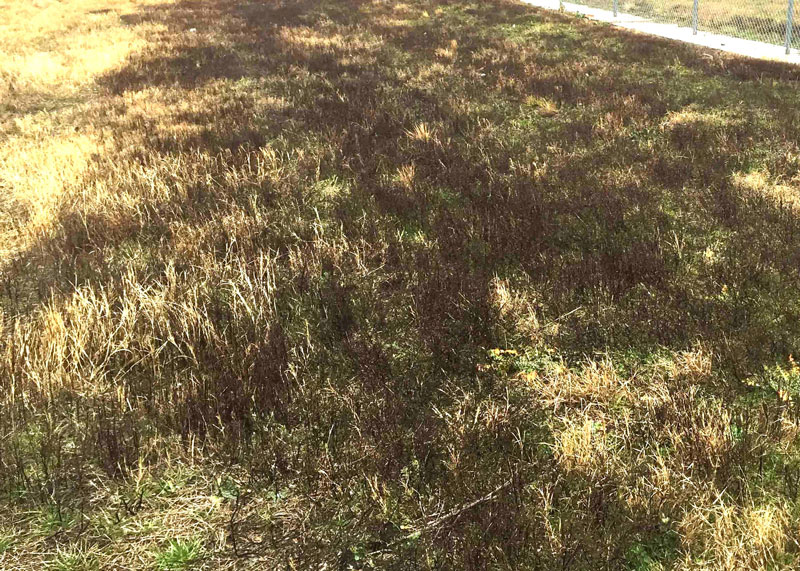
• They’re bristly and stubbly. No good for bare feet. People have been known to trip and fall over their stems.
• They’re not good for neighborhood relations if that’s of any concern to you. Folks won’t appreciate your being the seed source and the fact that your place looks out of place with other, more neatly groomed gardens.
Roadside asters are in the genus Symphyotrichum. There are a couple of species in Texas, but I’ll let you work on learning the genus before we move on. Suffice to say for now that they are not true asters. For this performance, they just look like asters.
I refer to them as “weeds of neglect.” You’ll always see them in lawns that have fallen short on attention. They’re growing “out there” by the alley or “out front” by the curb. They’ll be in places where it’s most difficult to get water or where sprinkler heads aren’t functioning properly.
Roadside asters show up when turf isn’t mowed frequently or when it’s cut too short. Anything that weakens the turfgrass encourages roadside asters to get a root hold in your landscape.
“Put in less gentle terms, roadside asters seldom show up in lawns that are loved.”
My steps to eliminating roadside asters…
• Start with optimum maintenance. Fertilize with an all-nitrogen or high-N food at the recommended times and rates. Shoot for a fertilizer with 30 to 40 percent of that nitrogen in slow-release form.
• Mow at the recommended height for the grass that you’re growing.
• Mow frequently enough that you never remove more than 1/3 of the blade length at a time.
• Water deeply when the grass shows signs of getting dry. (Of course, you must adhere to local watering restrictions.)
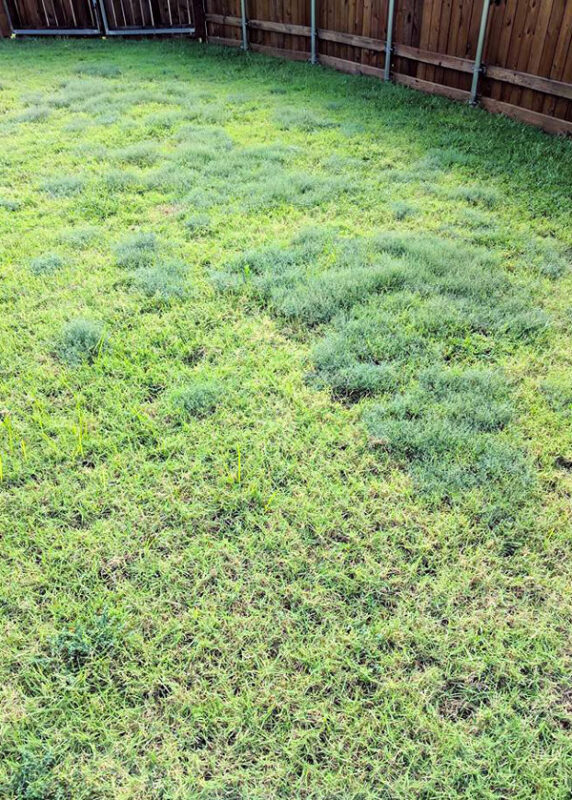
• Apply a broadleafed weedkiller if you see roadside aster plants growing in your turf. Use one of the 3-way blends containing 2,4-D according to label directions. Ideally this will be done in late August or early September, before the weed comes into bloom. Use a tank sprayer and spot treat directly onto the weeds as much as possible.
• If you have the black, wiry stems left over during the winter, the easiest way to remove them is to sharpen your hoe and cut them off with the corner of the hoe. It won’t take much effort to chop through the old stems and leave them lying dead and brittle on top of the ground.
Simple as that. I have now officially told you all I know about roadside asters. My work here is done.

